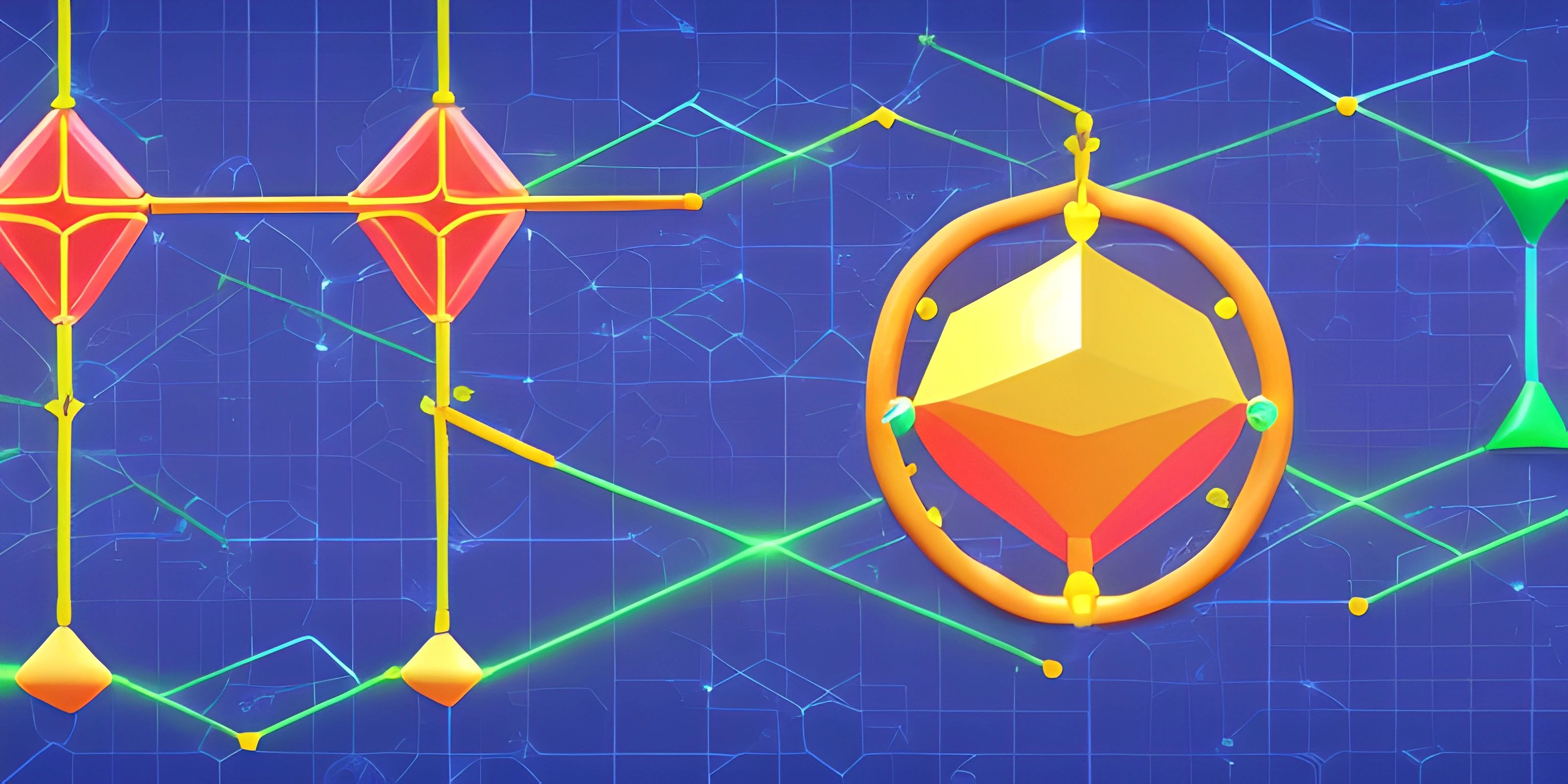Genetic Algorithms: Crossover Operators

Note: this page has been created with the use of AI. Please take caution, and note that the content of this page does not necessarily reflect the opinion of Cratecode.
Genetic algorithms are a fascinating branch of evolutionary algorithms, where they mimic the process of natural selection to optimize and solve complex problems. Just like in biological genetics, crossover operators play a crucial role in determining the success of the offspring in genetic algorithms. But what are these crossover operators, and how do they work their magic? Buckle up, as we dive into the world of crossover operators!
Crossover Operators in Genetic Algorithms
Crossover operators are the backbone of the reproduction process in genetic algorithms. They combine the genetic material (chromosomes) of two parent individuals to create offspring with a mix of their traits. These offspring inherit the best characteristics of their parents, potentially leading to a better solution for the problem at hand.
There are several types of crossover operators, each with its strengths and weaknesses. Let's take a look at some of the most popular ones.
Single-Point Crossover
Single-point crossover is the most straightforward crossover operator. It works by choosing a random point in the parent chromosomes and swapping the genetic material after this point. Here's a quick example:
Parent 1: 10101010 Parent 2: 11001100 Random point: 4 Offspring 1: 1010|1100 Offspring 2: 1100|1010
In this case, the random point is 4. Thus, the offspring chromosomes are created by swapping the bits after the fourth position.
Two-Point Crossover
As the name suggests, two-point crossover selects two random points in the parent chromosomes and swaps the genetic material between these points. The process is similar to single-point crossover, but with an additional point:
Parent 1: 10101010 Parent 2: 11001100 Random points: 3, 6 Offspring 1: 101|010|10 Offspring 2: 110|011|00
In this example, the offspring inherit genetic material from their parents between positions 3 and 6.
Uniform Crossover
Uniform crossover takes a different approach. Instead of swapping genetic material at specific points, it selects each gene independently from either parent with equal probability. The result is offspring that have a more "even" mix of their parents' traits:
Parent 1: 10101010 Parent 2: 11001100 Offspring 1: 11101000 Offspring 2: 10001110
In this case, each bit in the offspring is chosen from either parent with a 50% chance.
Arithmetic Crossover
Arithmetic crossover is used when chromosomes represent real numbers instead of binary strings. It creates offspring by applying a weighted average of the parents' chromosomes:
Parent 1: 3.5 Parent 2: 6.2 Offspring 1: (3.5 * 0.7) + (6.2 * 0.3) = 4.31 Offspring 2: (3.5 * 0.3) + (6.2 * 0.7) = 5.39
In this example, the offspring are created by taking 70% of one parent and 30% of the other.
Choosing the Right Crossover Operator
Selecting the best crossover operator for your genetic algorithm depends on the problem you're trying to solve, the representation of the chromosomes, and the desired level of exploration and exploitation. It's essential to experiment with different operators and fine-tune their parameters to achieve the best results.
Remember, crossover operators are just one piece of the genetic algorithm puzzle. Don't forget to combine them with appropriate selection and mutation techniques to create a well-rounded and effective algorithm. Happy evolving!
Hey there! Want to learn more? Cratecode is an online learning platform that lets you forge your own path. Click here to check out a lesson: Making Things Stop (psst, it's free!).





